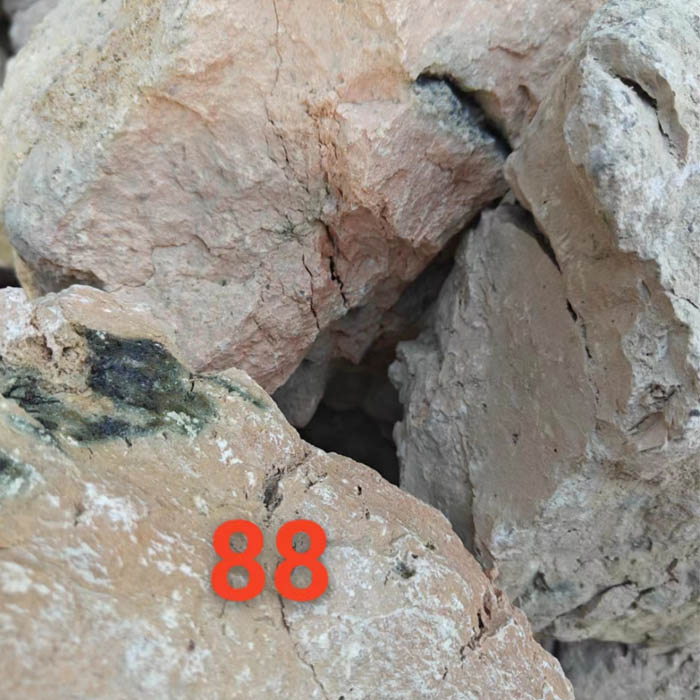Aug . 09, 2024 16:50 Back to list
Development and Characterization of High-Performance Iron Carbon Composite Pellets for Industrial Applications
The Emerging Role of Fe-C Composite Pellets in Modern Metallurgy
In recent years, the advancement of metallurgical processes has led to the exploration and application of various materials to enhance efficiency and quality. Among these, Fe-C composite pellets have emerged as a crucial component in the production of iron and steel. This article delves into the properties, production methods, and advantages of Fe-C composite pellets, and their significance in the modern metallurgical landscape.
Understanding Fe-C Composite Pellets
Fe-C composite pellets are essentially spherical agglomerates made from iron and carbon materials, often combined with other additives to optimize their properties. The composition typically includes iron oxide (Fe₂O₃), carbon (C), and sometimes binders that help in maintaining the structure of the pellet during handling and processing. The carbon content in these pellets plays a vital role in the reduction of iron oxides during the smelting process, a critical step in iron and steel production.
Production Methods
The production of Fe-C composite pellets generally involves several steps. Initially, iron ore fines and carbonaceous materials (such as coal or coke) are mixed together, along with appropriate binders. This mixture is then subjected to pelletizing processes, which can include extrusion, roll compaction, or traditional pelletizing techniques. After shaping, the pellets undergo a drying and hardening process which might include treatment in a rotary kiln or a sintering furnace. This step is crucial as it enhances the mechanical strength and stability of the pellets during subsequent handling and smelting stages.
Advantages of Fe-C Composite Pellets
The use of Fe-C composite pellets presents several significant advantages in metallurgical applications
fe-c composite pellets

1. Improved Reduction Rates The presence of carbon enhances the reduction of iron oxides, facilitating a more efficient and faster reduction process compared to conventional pellets. This can lead to decreased energy consumption during the smelting phase.
2. Higher Mechanical Strength The manufacturing process of Fe-C composite pellets results in a denser and more robust product. This strength is essential for handling and transportation within industrial settings, minimizing breakage and dust generation.
3. Customization The composition of Fe-C composite pellets can be tailored to meet specific requirements of various metallurgical processes. Adjusting the carbon content or adding other elements can aid in achieving desired properties in the final steel product.
4. Environmental Benefits Utilizing Fe-C composite pellets can contribute to more environmentally friendly practices in steel production. The enhanced reduction efficiency means lower energy requirements and reduced CO₂ emissions, aligning with global efforts to develop sustainable industrial practices.
5. Cost-Effectiveness By optimizing the reduction process and reducing energy consumption, manufacturers can lower the overall production costs of iron and steel. Furthermore, the enhanced mechanical properties of these pellets can minimize losses during processing and transport.
Conclusion
Fe-C composite pellets represent a significant innovation in the metallurgical industry, providing numerous advantages over traditional methods of iron and steel production. As global demand for sustainable and efficient production techniques rises, the development and utilization of such advanced materials are likely to play a pivotal role. By leveraging the unique properties of Fe-C composite pellets, the industry can not only enhance productivity but also move towards a more sustainable and eco-friendly manufacturing landscape. Continued research and development in this field promise to further unveil the potential of these composite materials, ensuring that they remain at the forefront of metallurgical advancements.
-
Eco-Friendly Granule Covering Agent | Dust & Caking Control
NewsAug.06,2025
-
Fe-C Composite Pellets for BOF: High-Efficiency & Cost-Saving
NewsAug.05,2025
-
Premium Tundish Covering Agents Exporters | High Purity
NewsAug.04,2025
-
Fe-C Composite Pellets for BOF | Efficient & Economical
NewsAug.03,2025
-
Top Tundish Covering Agent Exporters | Premium Quality Solutions
NewsAug.02,2025
-
First Bauxite Exporters | AI-Optimized Supply
NewsAug.01,2025
